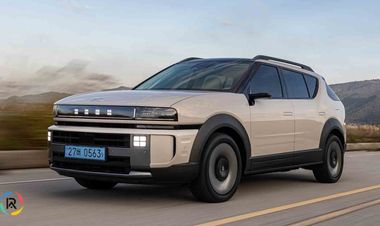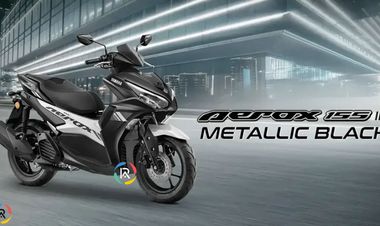Friedrichshafen, Germany- ZF Airbag Germany GmbH (ZF LIFETEC)., e.Locking revolutionizes safety in semi-autonomous driving. By electrifying the sensor and release system, it integrates seatbelts into seats seamlessly, enhancing design and production. In sudden deceleration, the belt locks mechanically, reducing crash impact through a retractor and force limiter, ensuring optimal passenger safety.
ZF LIFETEC's e.Locking system, featured in the ACR8.S retractor, replaces traditional mechanical locks with an electromagnetic coil controlled by a central ECU. This innovation enables seamless seatbelt integration into seats, enhances safety with instant locking during emergencies, and improves comfort by reducing unnecessary locking on rough roads—perfect for future autonomous vehicles.
One mechanical sensor responds to the acceleration of the belt spool movement. The other mechanism detects the acceleration of the entire vehicle. Typically, a ball sensor is used. In the event of a sudden acceleration or deceleration of the vehicle, the inertial body in the form of a ball, preferably a solid steel ball, moves and causes the latch lever to oscillate. This can, for example, cause a clutch pawl to engage with the clutch teeth of a locking mechanism, ultimately blocking the belt spool and preventing the belt from being pulled out. "The steel ball sensor in particular requires the retractor to be mounted outside the seat, ideally in the vehicle's B-pillar," explains Harald Lutz, Senior Vice President Global Engineering at ZF LIFETEC. However, this design makes it difficult to integrate the belt into the seat. And this could be in greater demand in the future. Trends that can already be seen are driver and front passenger seats that also allow a so-called relax position, i.e. a flatter position of the occupants, relatively far away from the dashboard – and the B-pillar. Such seating positions are likely to be in greater demand in future model series, as they temporarily enable highly automated and autonomous driving. "To ensure that occupants in these positions are optimally protected by a seat belt system, an integrated belt system is required. We have now made this much easier with our e.Locking function," explains Lutz.







